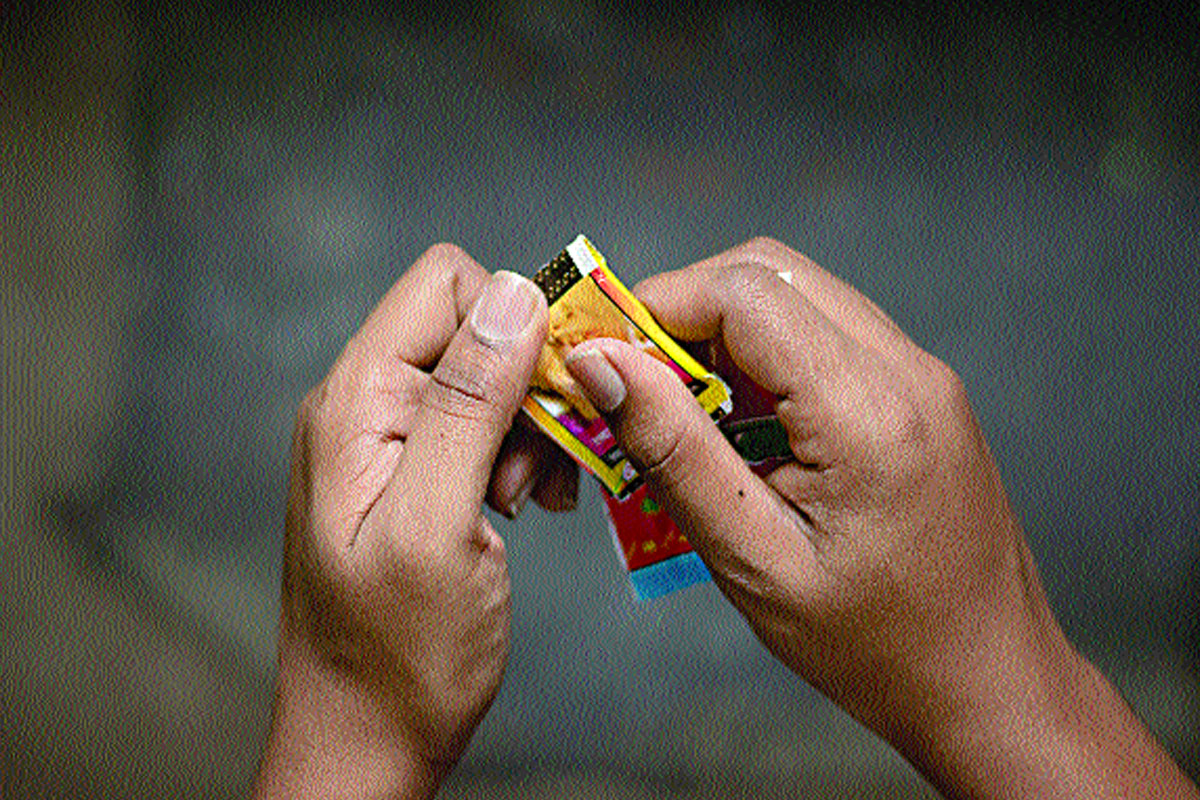A significant number of people in India live below the poverty line, or just on the margins. They are unable to meet their basic needs in a satisfactory way. Any sudden adversity can lead to deprivation of essential needs including food, or intensity such deprivation. The most frequent such adversity in the past has been any event requiring high medical expenses. The last 15 months of Covid and accompanying lockdowns, restrictions and reverse migration have increased the distress of these households significantly.
The difficulties of these weaker sections are to a considerable extent caused by injustices and inequalities at several levels of economy and society. Hence policy level changes as well as political mobilisation are needed to change this. While these are most important, it may be useful to look also at some of those problems which can be reduced significantly even at the level of small communities, or at the level of households and individuals with sincere efforts.
Advertisement
One such problem which has been increasing significantly relates to increased consumption of tobacco and alcohol, the former particularly in the form of Gutka. These substances have been examined for their serious impacts on health. Suffice it to say that these are stated to be responsible for 8 million deaths in a year at world level (incidentally three times the stated Covid mortality for one year) and over 100 health problems and diseases are linked to these.
As gutka is a relatively recent product, we may also add that this has serious implications for several health problems but most seriously for oral cancer and oral sub-mucous fibrosis which impacts the ability to open the mouth. Spitting is an additional health and hygiene hazard for gutka, and such spit with its various ingredients may be more harmful than paan (betel leaf) spit. Hookah is a shared form of smoking, and hence more likely to spread infection. Smoking in congested narrow housing conditions leads to more passive smoking, threatening non-smokers including children as well. These local aspects should be included in studies of specific countries to understand important emerging trends such as the emergence of South Asia as a leading hub of oral cancer.
However, in world literature these problems have been examined for their health impacts, but not so much in terms of their impact on the subsistence of people from economically weaker sections. This deserves more importance in the context of countries like India.
Traditional objections to consumption of alcohol have been reducing in times
of economic liberalization. More and more liquor outlets are being opened.
Governments seem to be happy if they earn tax from increased sale. Liquor, tobacco and gutka manufacturers have close political connections.
Gutka use has spread widely despite efforts to ban or restrict consumption. One escape route for manufacturers has been to circumvent regulations by selling tobacco and other ingredients in separate pouches. Tobacco continues to be consumed in the form of cigarette, cigar and the cheaper bidi and hookah, but perhaps on a larger scale (60 per cent or so according to frequently quoted data) in non-smoked forms including gutka. Another aspect of the rapid spread of gutka use is that it is spreading among women and teenagers, adding to total household expenditure on such products.
Hence, in a single household daily consumption of ten small pouches of gutka, a quarter pouch of country-made liquor, and a packet of bidis or a few cigarettes has become quite frequent. This can lead to a daily expenditure of around Rs. 150. In a household with excessive addiction of one or more members, this expenditure can easily double.
In addition, there are households that may even be driven towards economic ruin because of excessive consumption of these products, or that may spend on more expensive forms of tobacco or liquor.
Even if we estimate average daily expenditure of Rs. 100 for a household on these items, this may be just what is needed to end malnutrition in a family, as milk, vegetable and fruit could be purchased for this amount.
But the economic cost of these substances is actually much higher. Just calculating for one sub-disease, the Tata Memorial Centre recently calculated that Rs. 2,386 crore is spent annually in India on treatment of oral cancer. The predominant cause of oral cancer is tobacco plus gutka and the second cause is alcohol. Over 100 health problems and in addition a lot of accidental injuries are associated with the consumption of various tobacco products and alcohol.
Consumption of alcohol and tobacco leads to lower capacity to work and earn, in extreme cases to loss of job and livelihood. This consumption with all its impacts leads to domestic discord and violence, with the resulting economic costs as well. Women and children suffer a lot due to the addiction of adult male addicts. Many addicts are driven towards unethical practices and subsequently towards crime.
Hence there is a very strong case for community reform campaigns aimed at reducing the consumption of alcohol and tobacco including gutka. This writer has initiated such discussions in several communities and received very good response. This should be a campaign based on unity of all people and should get adequate support at the level of government policy. If such a national campaign is able to halt the increase in consumption of these items and achieve a 50 per cent reduction within five years, then this will be a significant achievement indeed.
The writer is Honorary Convener Save the Earth Now Campaign. His recent books include Planet in Peril and Protecting Earth For Children.









